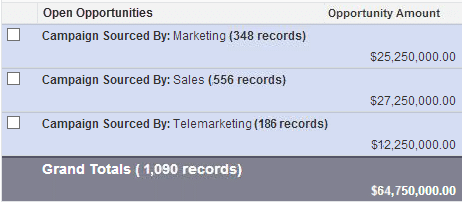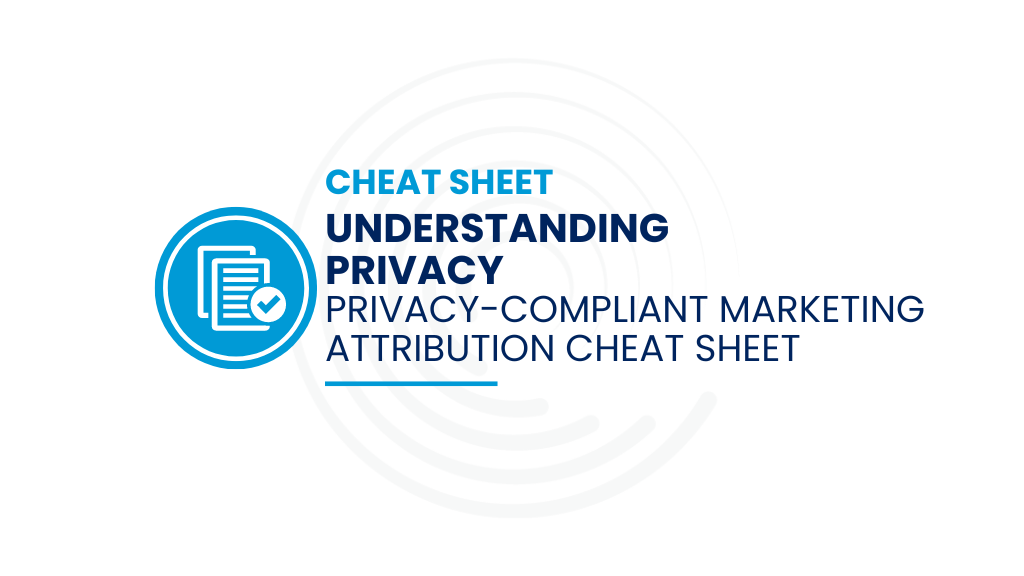 The lead status field is often a source of contention between Marketing and Sales within an organization. The field is typically used to communicate the status of a record to both the reporting users and the sales rep who is working the lead. The reporting user wants to see explicit detail while the sales rep wants to update the record in a natural and efficient manner.
The lead status field is often a source of contention between Marketing and Sales within an organization. The field is typically used to communicate the status of a record to both the reporting users and the sales rep who is working the lead. The reporting user wants to see explicit detail while the sales rep wants to update the record in a natural and efficient manner.
The goal of setting up the lead status field, and similarly a contact status field if you are working in the contact database as well, is to simplify and abstract the user experience as much as possible while meeting all of the reporting requirements of analytics users.
The pick-list values should be in a language that is easy to understand even for a sales rep who has not been through specific training on the organization’s processes. If the values are intuitive, the resulting data will be better. In this way, a value of “Attempting Contact” will work better than “SAL.” Furthermore, the fewer available choices in the list, the easier it will be to use. Each status should have a reasonable justification for why it is needed. Here is a basic example of what the lead status values might look like:
- Open – This status indicates that a record requires follow up. This would be the state that the rep first interacts with the lead.
- Attempting Contact – This status indicates that the rep has looked at the lead and confirmed that the data is real and that he or she has decided to work the record.
- Converted/Qualified – This status is used on lead conversion.
Disqualified – This status is used to specify the end of an interaction. In most cases, you will want a dependent pick-list to store the reason for the disqualification.
In addition to those, there are a couple of other statuses that most organizations would also need. - Not Engaged – If your process calls for a lead to potentially be worked through the funnel multiple times, or if you plan on inserting leads before they are ready to be worked by sales it’s essential to have a status to indicate a lead is not being actively worked.
- Working – If the distinction between “attempting to contact” and “contacted” is important in your process having a “working” stage to indicate this transition can be helpful.
- Converted with No Opportunity – In some cases you may need a second converted status to indicate when a record was converted into an account/contact without creating an opportunity.
These status values in your CRM meet the requirement to be intuitive and efficient for a sales rep to use while still providing valuable information to analytics users.
You can take it a step further by using workflow to extract additional information from the status field. For instance, if your SAL funnel definition is based on when Sales takes ownership of a lead then setting a boolean field for SAL when the lead hits “Attempting Contact” would provide a way to report on the funnel without Sales needing to think about what the SAL definition. Depending on your process, a lead may go to “Attempting Contact” multiple times, so be sure to account for that when designing your solution.
[Ebook] Best Practices for Designing a Lead Life Cycle in Salesforce
Download this guide to get our recommendations on how to track funnel metrics using lead and contact statuses, stages, and campaign responses in Salesforce.




